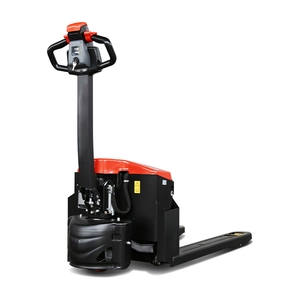Exploring the Latest Technological Advancements in Electric Forklift Design
With the increasing demand for more sustainable and cost-effective solutions in material handling, electric forklifts have become a popular alternative to traditional gas or diesel-powered models. One of the key reasons for this shift is the continuous advancements in electric forklift design, making them more efficient, reliable, and productive than ever before.
Lithium-ion Battery Technology
One of the most significant advancements in electric forklift design is the improvement in battery technology. Lithium-ion batteries have become the preferred choice for many electric forklift manufacturers due to their longer lifespan, faster charging times, and higher energy density. This means that electric forklifts can now operate for longer periods without needing to stop for recharging, ultimately increasing productivity and reducing downtime.
Electric Motor Technology
Furthermore, advancements in electric motor technology have made electric forklifts more powerful and responsive than ever before. High-efficiency AC motors provide better performance, acceleration, and control compared to traditional DC motors, allowing operators to navigate tight spaces and handle heavy loads with ease. Additionally, regenerative braking systems capture and store energy during braking, further improving energy efficiency and reducing overall operational costs.
Smart Technologies and Telematics
Another key advancement in electric forklift design is the integration of smart technologies and telematics. Many modern electric forklifts come equipped with onboard computers and sensors that monitor performance metrics, such as battery life, maintenance schedules, and operational efficiency. This real-time data allows fleet managers to track and optimize their equipment usage, ultimately reducing unnecessary downtime and extending the lifespan of the forklifts.
Safety Features
Furthermore, the shift towards electrification in material handling has also led to the development of new safety features in electric forklifts. Collision detection sensors, stability control systems, and operator assist technologies help prevent accidents and improve workplace safety. Additionally, electric forklifts produce zero emissions, making them ideal for indoor use in warehouses and distribution centers where ventilation and air quality are crucial considerations.
Conclusion
Overall, the continuous advancements in electric forklift design have made them a compelling alternative to traditional models. The combination of improved battery technology, advanced electric motor systems, smart technologies, and enhanced safety features have significantly enhanced the efficiency, productivity, and sustainability of electric forklifts. As businesses strive to reduce costs, increase productivity, and minimize their environmental impact, electric forklifts have emerged as a viable solution that offers both financial and operational benefits.